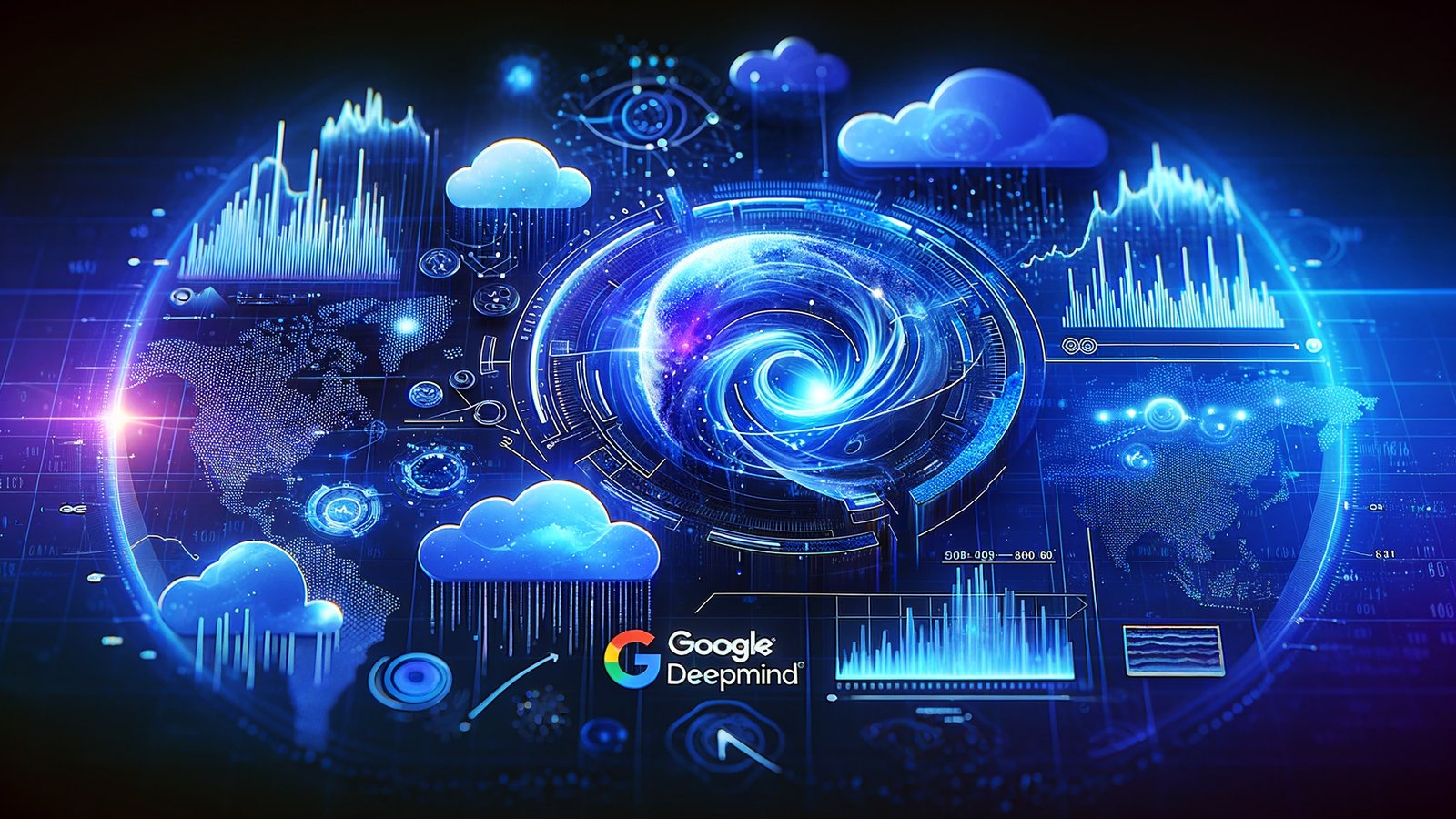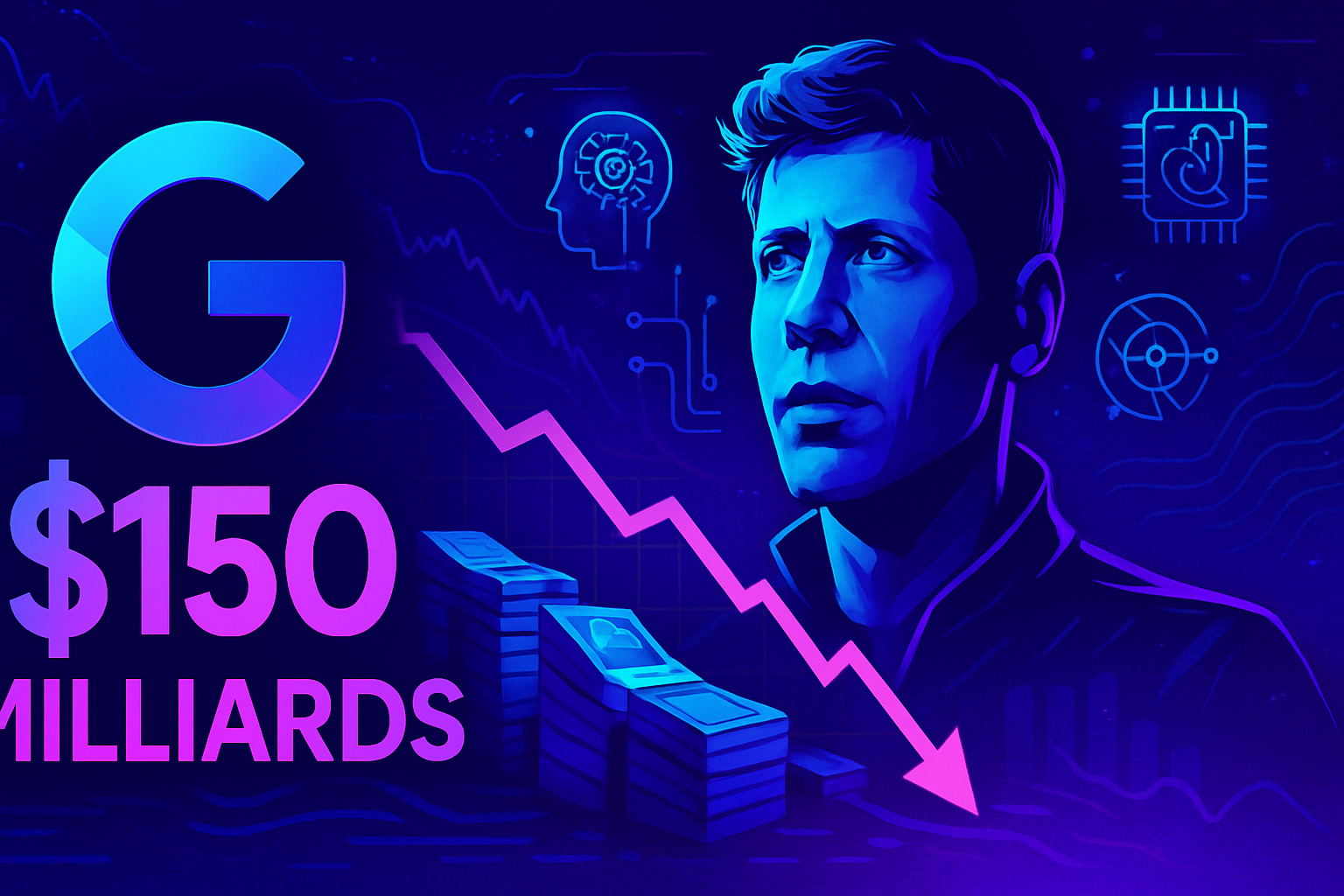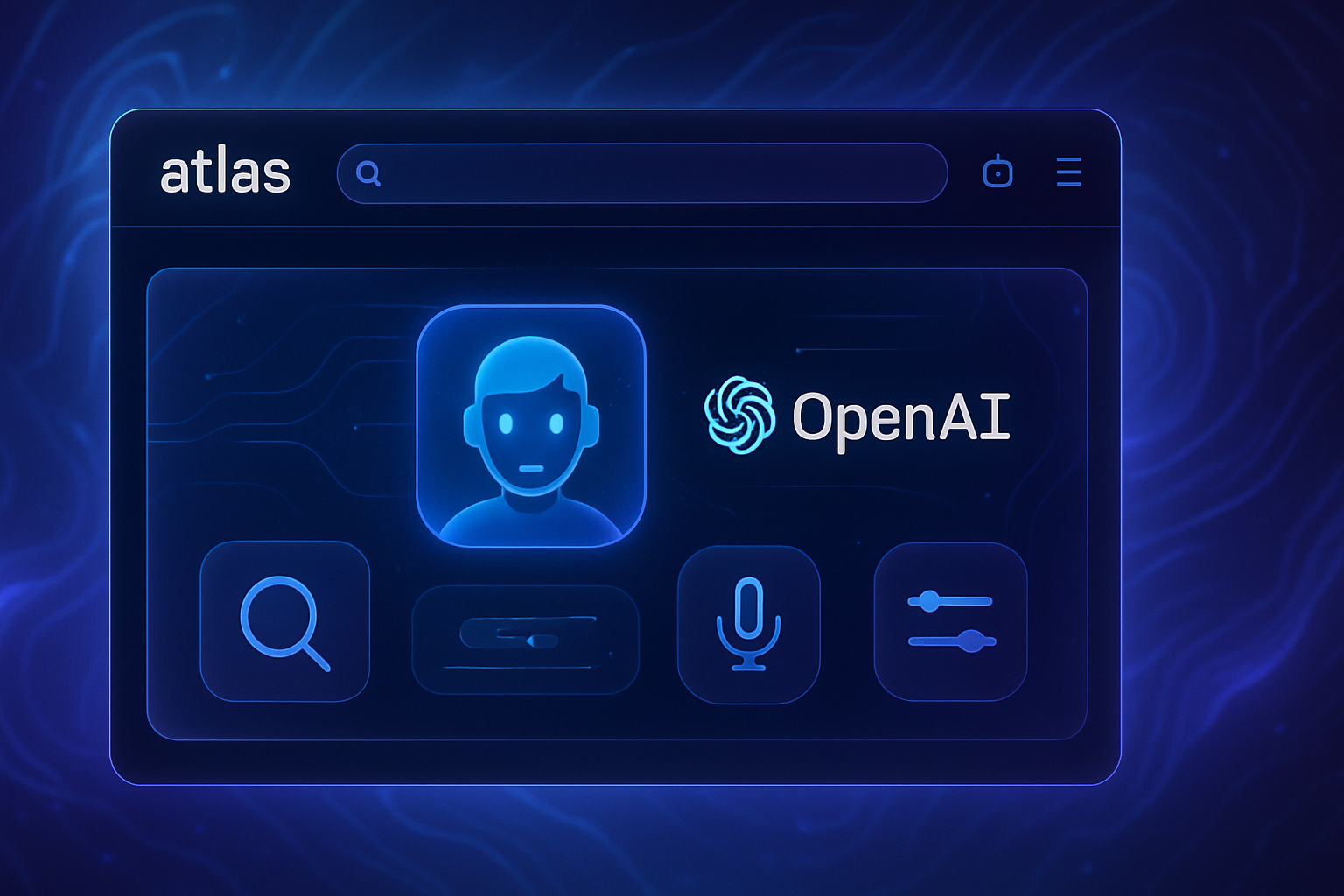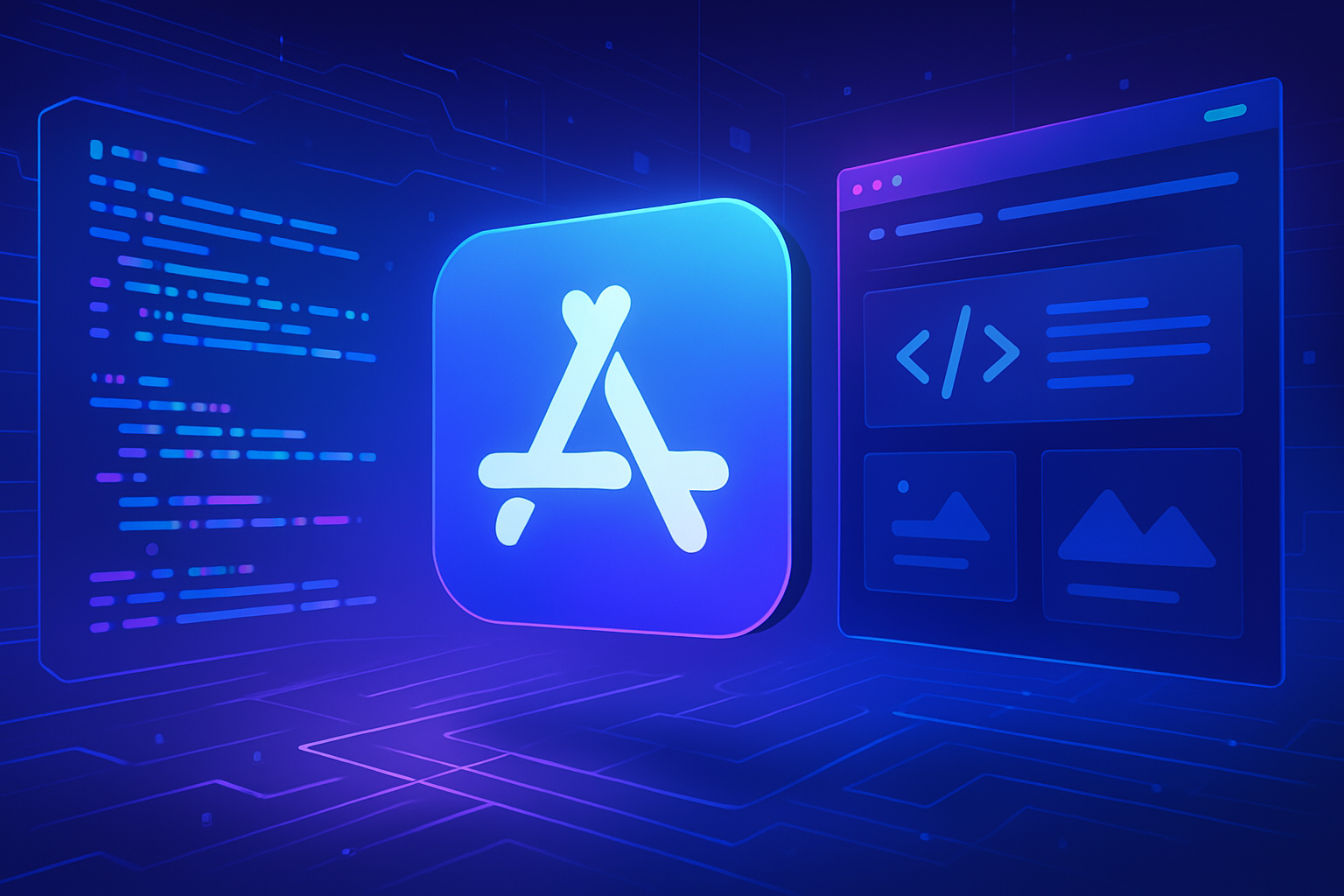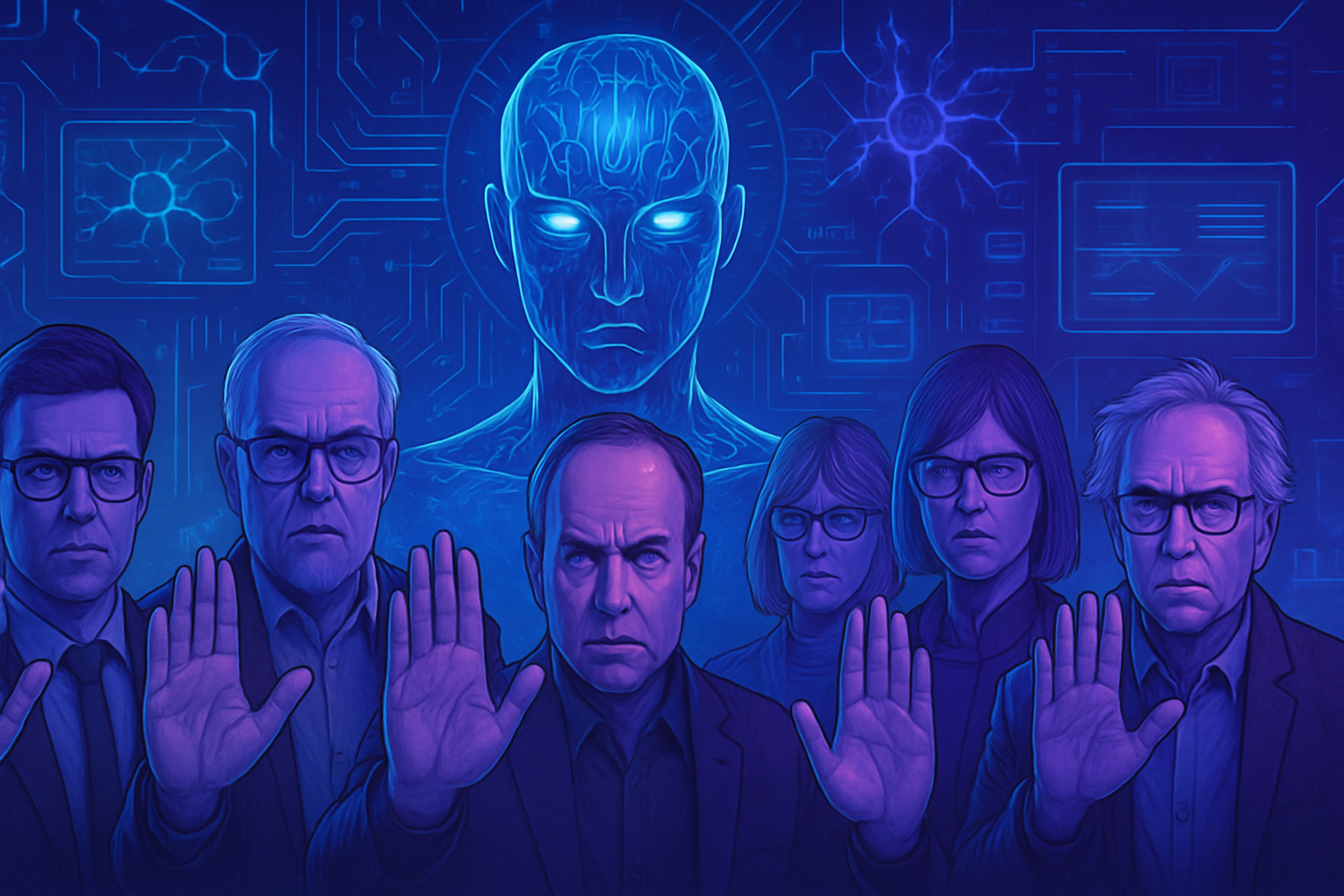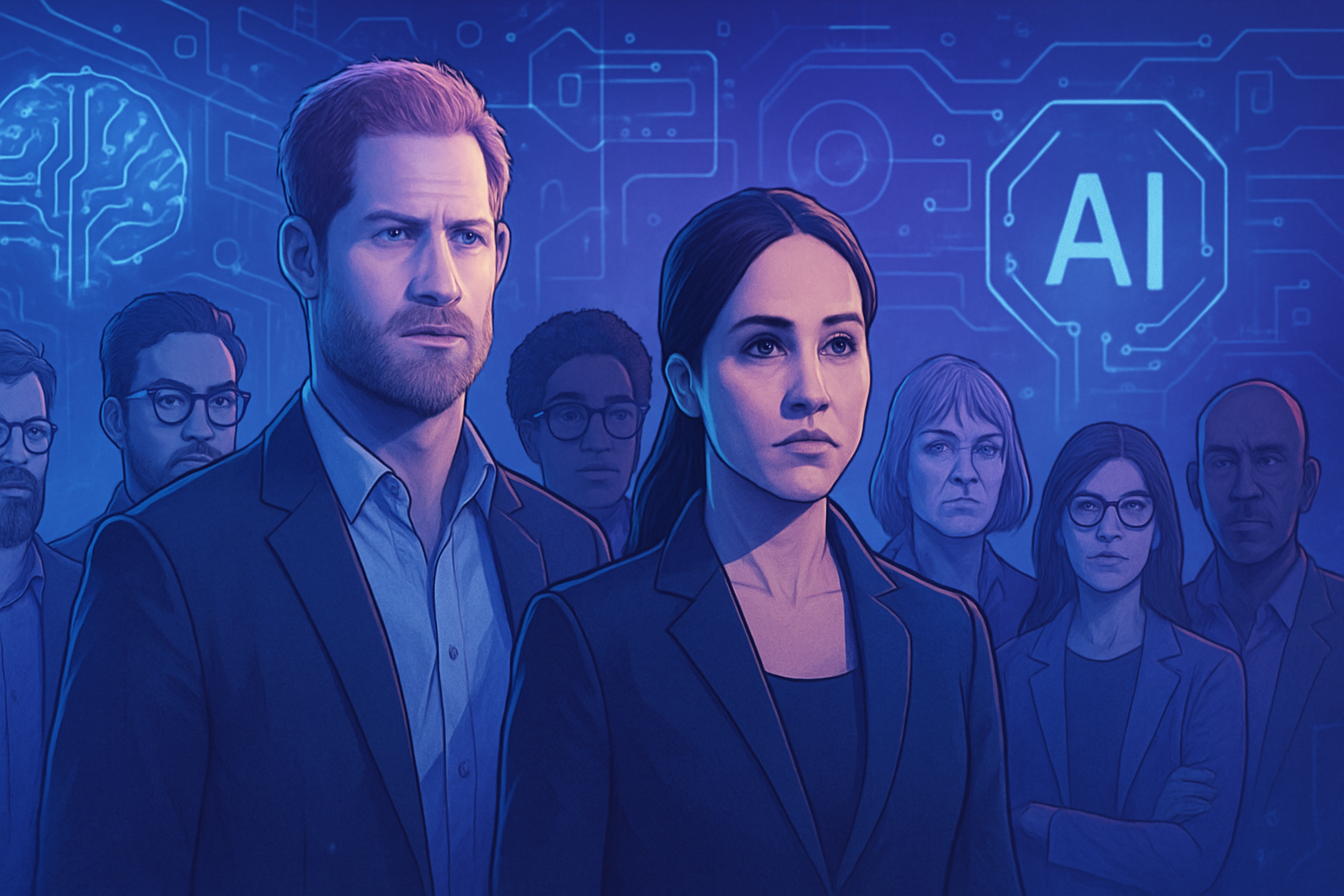The tech giant Google, through its subsidiary DeepMind, has recently demonstrated the superiority of its weather forecasting algorithm GraphCast compared to traditional models based on physical equations. This new artificial intelligence (AI) tool offers unprecedented performance in weather predictions, even for exceptional phenomena such as storms or hurricanes. According to Rémi Lam, a scientist at Google DeepMind and his team, the algorithm relies on a data-driven approach to complement current weather forecasting methods. Until now, forecasters’ approach was essentially deterministic, meaning they relied on observations and mathematical models to deduce what would logically happen.
How does GraphCast work?
The AI model developed by Google DeepMind bypasses this notion of logic and prefers to ingest data from four decades of information provided by satellites, radars, and other measurement means. This allows the AI to identify recurring patterns or trends. To make a forecast, GraphCast receives real measurements taken from various points around the globe every six hours. This prediction is then iterated by considering this forecast as a new input, resulting in a still very satisfactory outcome up to about ten days later. GraphCast thus generates forecasts that are more accurate than traditional methods in over 90% of cases. This performance perfectly illustrates the paradigm shift and the potential risk that accompanies the development of AI: with current data processing capabilities, it might be possible to forgo scientific explanations to anticipate complex phenomena like meteorology. However, in a field such as weather forecasting, it is essential to understand the underlying reasons behind predictions to gain and maintain public trust. As explained by a professor of meteorology at the University of East Anglia: “If you order the evacuation of 50 kilometers of Florida coastline and nothing happens, you have wasted decades of trust”.
DeepMind and its expertise in artificial intelligence
Founded in 2010, DeepMind became known for developing programs capable of playing the game of Go or Atari 2600 console games. The startup, acquired by Google in 2014, then applied its learning methods before turning to climate phenomena. The method remains the same: ingest data, identify recurring patterns, and make predictions. Despite its power, this AI model will never completely replace deterministic forecasts and weather presenters like Évelyne Dhéliat or Laurent Romejko, who explain in front of a green screen why it will rain again this weekend. Indeed, data-based forecasts are akin to those knee pains that foretell a storm: they are reliable but not scientifically satisfactory. The future of weather forecasting could therefore be envisioned as a partnership between artificial intelligence and traditional methods, in order to provide increasingly accurate predictions while maintaining public trust.
Towards a promising future for weather forecasting
By combining the unprecedented capabilities of GraphCast with traditional forecasting methods, it is now possible to envision much more accurate and reliable weather scenarios. This significant progress will not only improve everyone’s daily life but will also better anticipate and manage the risks associated with extreme climate phenomena. In a context where climate change is making weather forecasting increasingly complex, artificial intelligence could well become a valuable ally in understanding and anticipating upcoming climatic events.
